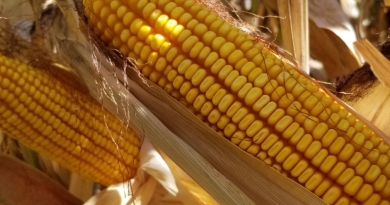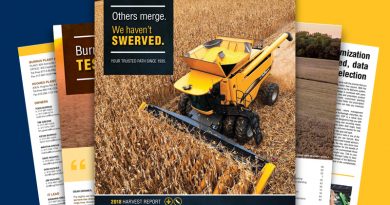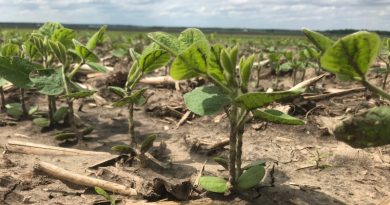System approach to resistant weeds
Chris Brown, Field Agronomist
Each passing season shows increased areas of herbicide resistant weeds. The good news is more traits continually become available to help in the weed battle. However, traits aren’t the only answer to controlling weeds and growers need to take a system approach to avoid the same overuse of new chemistries as what happened with those previous. There are key steps to help find the weed control system to best fit your operation:
Trait selection: With increasingly widespread herbicide resistance, growers must utilize the newer technology that best controls weeds in their specific situation. Each of the new traits has a place in the industry and Burrus is in a unique position to offer a complete lineup of soybean trait options allowing growers to choose the one to best fit their needs. Independent seed suppliers have an advantage with the ability to utilize traits from multiple trait suppliers and Burrus is on the forefront of new technology releases.
Tillage choices: A key aspect to managing resistant weeds is starting each year with a weed-free field at planting. This can be achieved in many ways, including tillage or use of a burndown. Growers should tailor their weed control system to the method they utilize. Using tillage to start weed-free is only achieved when equipment is properly set-up to ensure a complete kill on emerged weeds. Weeds injured by tillage and then recover are some of the hardest to control.
Pre-emergence herbicide: After making a tillage decision, growers should utilize the pre-eergence herbicide best suited to their needs. If practicing a no- or reduced-tillage system that doesn’t eliminate emerged weeds, a burndown program must be partnered with the pre-emergence residual herbicide for a clean field at planting. When it comes to pre-emergence chemical decisions, utilize the best herbicide for each field’s individual needs. The best herbicide should be rated to control the weeds of concern in that field and provide the residual control for a timely post-emergent pass. It is also important to select a chemistry compatible with your soil type and crop rotation plans.
Post-emergence herbicide: The final piece of the weed control system is the post-emergence herbicide pass. This key trip across the field utilizes the trait-based herbicide and we recommend every post-emergence trip also include a residual herbicide to extend the window of control. Timeliness is key as most herbicide labels state control of weeds less than 3″ tall. Coordinate pre- and post-trips to include herbicides with diverse modes of action to keep weeds from building resistance. After spraying is complete for the year, growers need to scout, note and remove any weed escapes. It is strongly recommended to pull and remove any remaining weeds to prevent resistant seed surviving in the field.
When growers utilize a system approach to weed control the first and last step of every year is to plan and review their weed control. Through review of the control achieved, you can adjust your approach and better utilize the tools available to you in future seasons.





